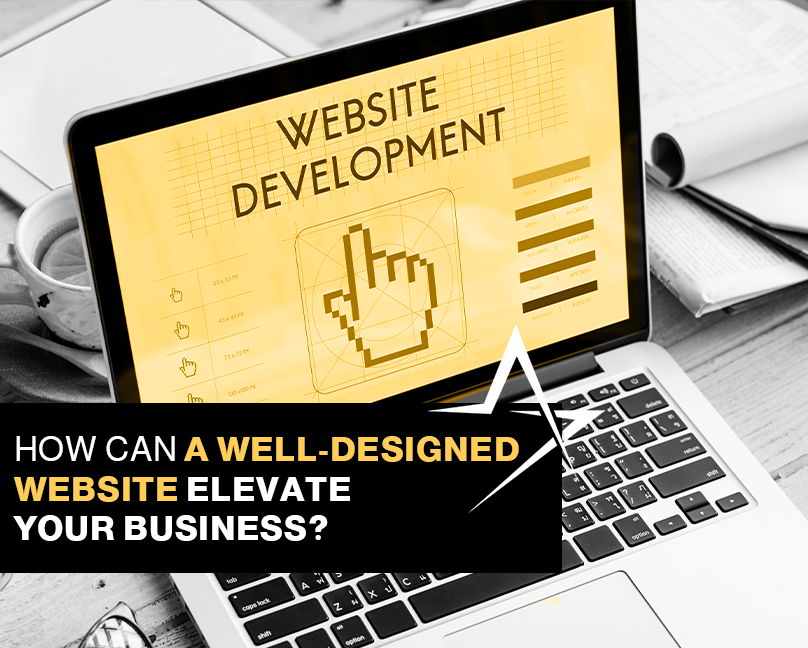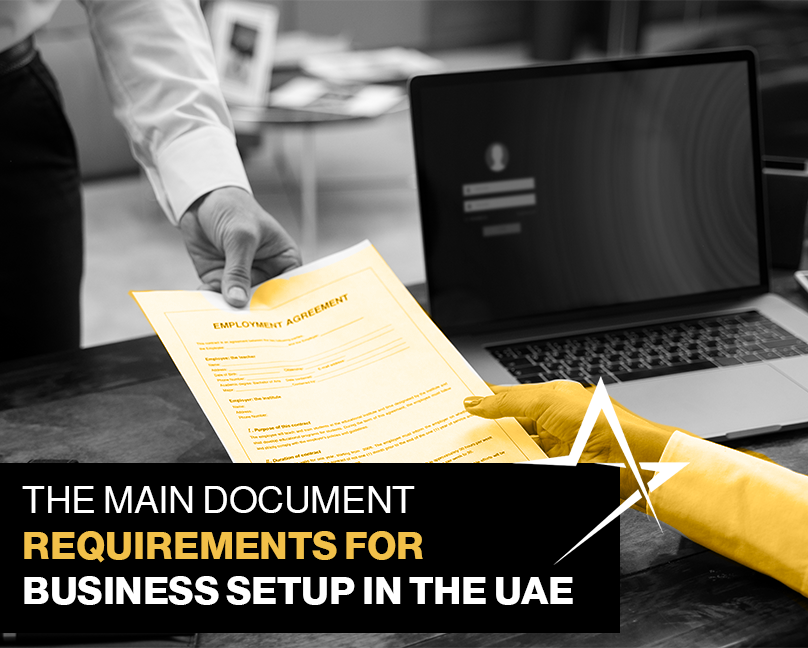According to Adobe, 59% of individuals prefer browsing websites that are aesthetically pleasing and well-designed compared to basic ones.
Regardless of your industry, having a visually appealing, user-friendly, and optimized website is crucial for enhancing your brand image. In today’s digital age, it is essential for businesses of all scales to establish an online presence and create a recognizable brand that resonates with potential customers, who are primarily accessing the internet via their mobile devices.
The Main Elements of Effective Website Design
A well-designed website encompasses various elements that work together to create a positive user experience and effectively communicate the brand’s message.
Here are some key characteristics of a well-designed website:
Clear and Intuitive Navigation
The website should have a logical and easy-to-understand navigation structure. Users should be able to find information quickly and effortlessly. Intuitive navigation contributes to a positive user experience.
Responsive Design
A well-designed website is responsive, meaning it adapts to different screen sizes and devices. Whether users are accessing the site on a desktop, laptop, tablet, or smartphone, the design should remain visually appealing and functional. Also, high-quality images, graphics, and visuals contribute to a positive impression.
Fast Loading Times
Users expect websites to load quickly. Slow-loading pages can lead to frustration and increased bounce rates. Optimization techniques, such as image compression and efficient coding, contribute to faster loading times.
User-Friendly Content
The content should be well organized and easy to consume. Use concise and compelling language, break up text with headers and bullet points, and incorporate multimedia elements to enhance engagement.
Effective Calls-to-Action
Clearly defined CTAs guide users toward desired actions, such as making a purchase, filling out a form, or contacting the business. Well-designed CTAs are visually distinct and strategically placed throughout the website.
Why is a well-designed website important for your business?
User Experience (UX)
A good web design focuses on providing a positive user experience. Navigating through the website should be intuitive, and information should be easily accessible. A seamless user experience encourages visitors to stay longer, explore more, and potentially convert into customers.
Mobile Responsiveness
With the increasing use of smartphones, having a mobile-friendly website is essential. A responsive design ensures that your website adapts to different screen sizes and devices, providing a consistent experience for users regardless of how they access your site.
Search Engine Optimization (SEO)
Search engines favor well-designed websites that are user-friendly. Elements like clean code, fast loading times, and mobile responsiveness contribute to better SEO rankings. A higher ranking in search results can lead to increased visibility and more organic traffic.
Representing the Brand Identity
Your website is a digital representation of your brand. Consistent branding across your website helps reinforce brand identity. From colors and fonts to the tone of content, a cohesive design contributes to brand recognition and trust.
Building Credibility and Trust
A professional and well-designed website instills confidence in visitors. If your website looks outdated or unprofessional, it may create doubts about the credibility of your business. A modern and trustworthy website, on the other hand, can help build trust with potential customers.
Higher Competitive Advantage
In a competitive market, having a well-designed website can set you apart from competitors. If a user is choosing between two businesses, they are more likely to favor the one with a website that is easy to use and visually appealing.
Effects on Conversion Rates
An effective web design can positively impact conversion rates. Whether your goal is to generate leads, make sales, or encourage some other action, a user-friendly design with clear calls-to-action can help guide visitors toward these desired outcomes.
Adaptability and Being Updated
A good web design allows for easy updates and adaptability. As your business evolves, your website should be able to reflect those changes promptly. This could include adding new products, updating content, or integrating new technologies.
7 stages of web development
1- Planning and Searching
First things first, define the purpose, goals, and target audience for the website, and do market research and competitor analysis.
2- Design
Creating wireframes to outline the layout and structure of the website and develop the visual design, including color schemes, typography, and imagery. in addition to designing user interfaces (UI) and user experiences (UX).
3- Content Creation
Gathering strong content, including text, images, videos, and other multimedia elements, and ensuring that the content aligns with the brand’s messaging and is optimized for search engines (SEO).
4- Development
Writing the code for the website based on the approved design and functional requirements. This stage also includes building the front-end, which is the user interface visible to visitors, and the back-end, which includes the server, database, and application logic.
5- Testing
Before launching the website, testing is important to identify and fix bugs, errors, and issues and to ensure a positive user experience. Also, this stage must include testing the website’s responsiveness on various devices, including desktops, tablets, and smartphones.
6- Deployment
Preparing the website for launch by configuring hosting, domain, and server settings and making sure that everything works as expected in the live environment.
7- Post-Launch Support and Maintenance
Monitoring the website for performance and ensuring that security measures are up-to-date. in addition to implementing updates, improvements, and new features as needed.
In conclusion, if you’re looking to establish a strong online presence, having a well-designed website is one of the main keys to making a positive impression on your potential customers and building brand awareness to convey the company’s personality and values.
There are main elements that can contribute to the appearance of your website, such as design, user-friendly content, and fast loading.
At Fame, we understand your brand and turn it into a great digital presence by providing your business with all our integrated services, especially website services, including designing, developing, SEO, content, and launching.
A professionally designed website can make a big difference for your business. Contact us and start building your dream website today.





